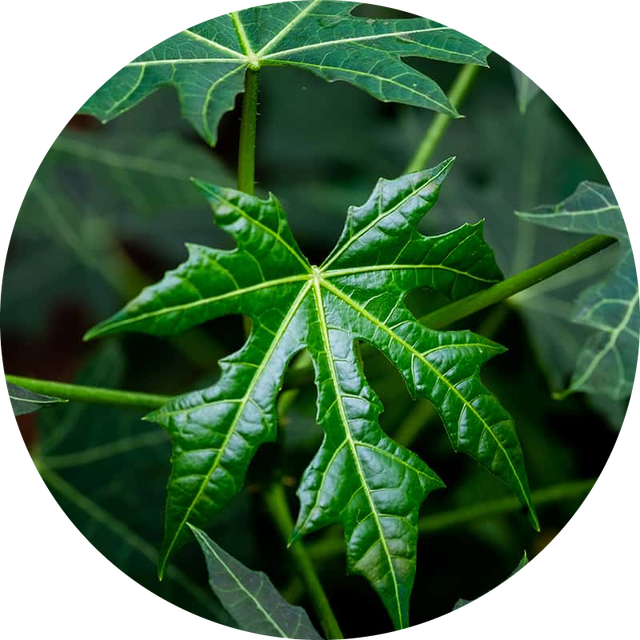- PLANT MEDICINE
- >
- Tinctures
- >
- CHAYA TINCTURE
CHAYA TINCTURE
Family: Euphorbiaceae
Genus: Cnidoscolus
Species: aconitifolius
Synonyms: Cnidoscolus chayamansa, Cnidoscolus esculentus
Common Names: Chaya, Tree spinach, Chayote de hoja, Chayamansa
Parts Used: Leaves, stems, young shoots
Main Actions: Nutritive, hypoglycemic, antioxidant, anti-inflammatory
Other Actions: Antimicrobial, hepatoprotective
Description: Cnidoscolus aconitifolius is a perennial shrub with distinctive lobed leaves and stinging hairs on its stems and leaves.
Tribal and Herbal Medicine Uses: Used traditionally to treat diabetes, hypertension, inflammation, and to boost immunity.
Plant Chemicals: Flavonoids, saponins, tannins, alkaloids, terpenoids
Biological Activities and Clinical Research: Demonstrated hypoglycemic and antioxidant effects in animal studies; antimicrobial properties observed in vitro.
Current Practical Uses: Dietary supplement, traditional medicine, ornamental plant
Main Preparation Method: Cooking, juicing, decoction
Main Actions (in order): Nutritive, hypoglycemic, antioxidant, anti-inflammatory
Main Uses: Nutritional supplementation, management of diabetes, inflammatory conditions
Properties/Actions Documented by Research: Hypoglycemic, antioxidant, antimicrobial
Other Properties/Actions Documented by Traditional Use: Hepatoprotective, immunity-boosting
Cautions: Consumption of raw leaves may cause irritation due to stinging hairs; use caution in pregnancy and lactation.
Traditional Preparation: Leaves are often cooked or boiled to neutralize the stinging properties before consumption.
Contraindications: None known
Drug Interactions: No reported interactions
Recommended dosage: 2.5ml taken 2 x daily in a small glass of water or juice on an empty stomach for better absorption.

